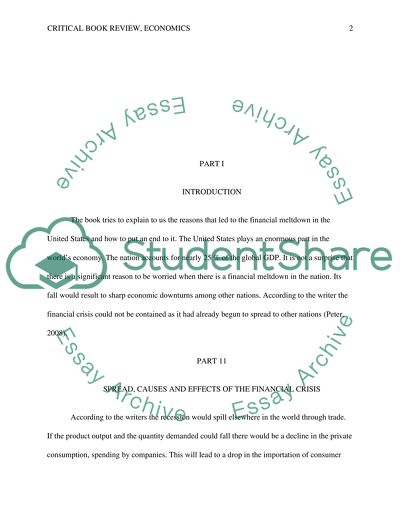Cite this document
(“Critical book Review on Roubini, Nouriel, and Stephen Mihm. Crisis Report/”, n.d.)
Critical book Review on Roubini, Nouriel, and Stephen Mihm. Crisis Report/. Retrieved from https://studentshare.org/macro-microeconomics/1594101-critical-book-review-on-roubini-nouriel-and-stephen-mihm-crisis-economics-a-crash-course-in-the-future-of-finance-new-york-penguin-press-2010
Critical book Review on Roubini, Nouriel, and Stephen Mihm. Crisis Report/. Retrieved from https://studentshare.org/macro-microeconomics/1594101-critical-book-review-on-roubini-nouriel-and-stephen-mihm-crisis-economics-a-crash-course-in-the-future-of-finance-new-york-penguin-press-2010
(Critical Book Review on Roubini, Nouriel, and Stephen Mihm. Crisis Report/)
Critical Book Review on Roubini, Nouriel, and Stephen Mihm. Crisis Report/. https://studentshare.org/macro-microeconomics/1594101-critical-book-review-on-roubini-nouriel-and-stephen-mihm-crisis-economics-a-crash-course-in-the-future-of-finance-new-york-penguin-press-2010.
Critical Book Review on Roubini, Nouriel, and Stephen Mihm. Crisis Report/. https://studentshare.org/macro-microeconomics/1594101-critical-book-review-on-roubini-nouriel-and-stephen-mihm-crisis-economics-a-crash-course-in-the-future-of-finance-new-york-penguin-press-2010.
“Critical Book Review on Roubini, Nouriel, and Stephen Mihm. Crisis Report/”, n.d. https://studentshare.org/macro-microeconomics/1594101-critical-book-review-on-roubini-nouriel-and-stephen-mihm-crisis-economics-a-crash-course-in-the-future-of-finance-new-york-penguin-press-2010.


